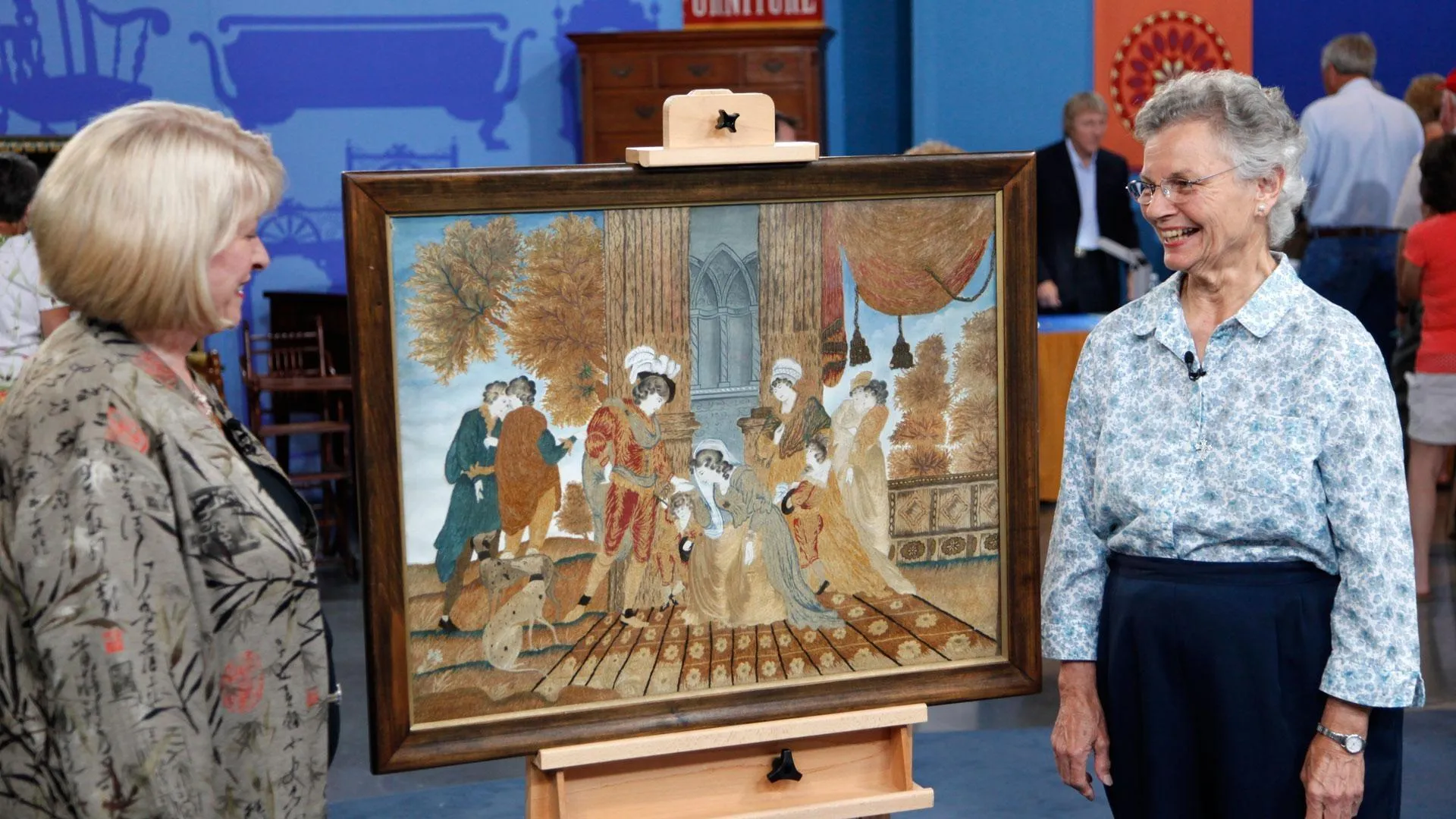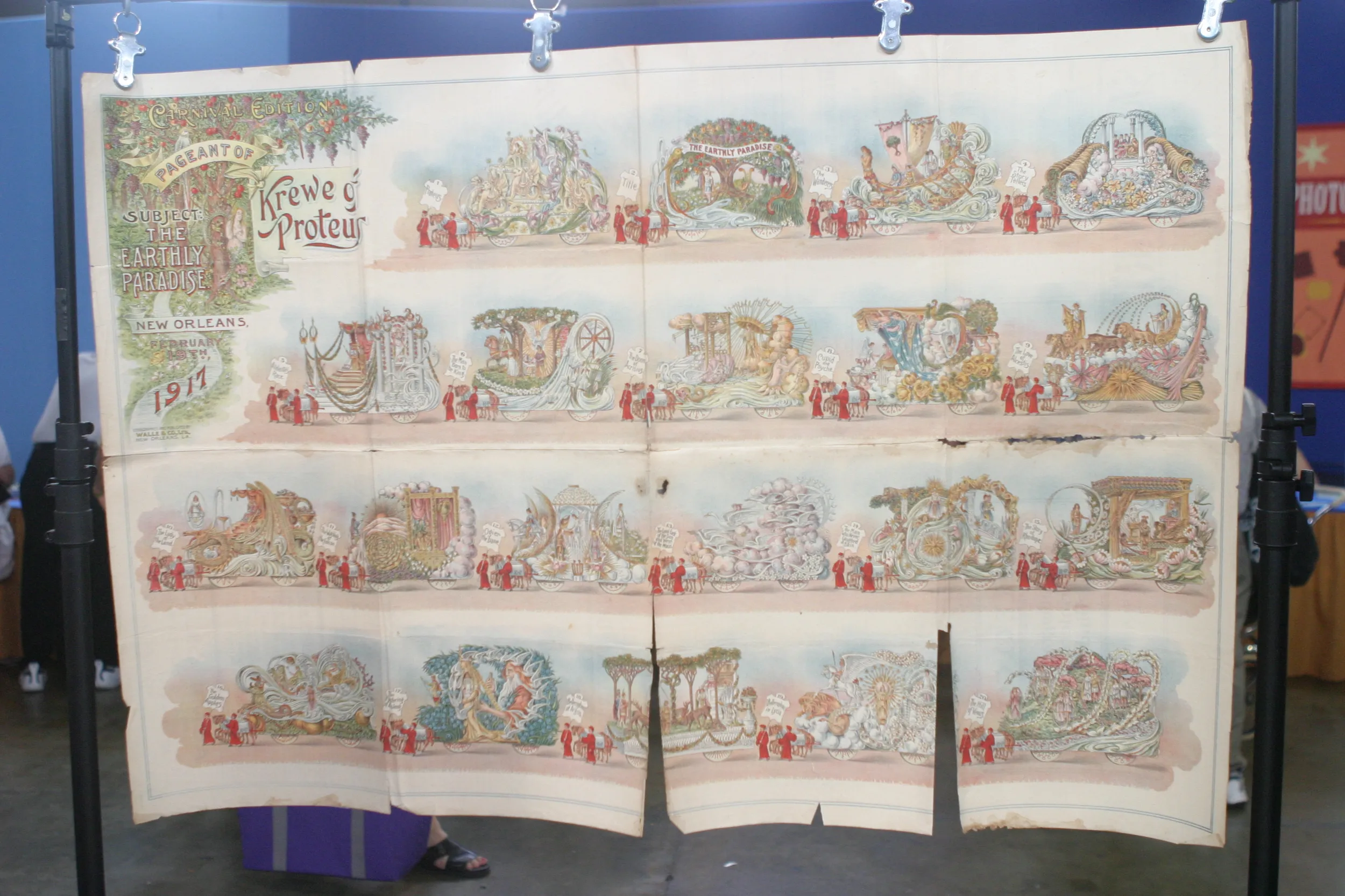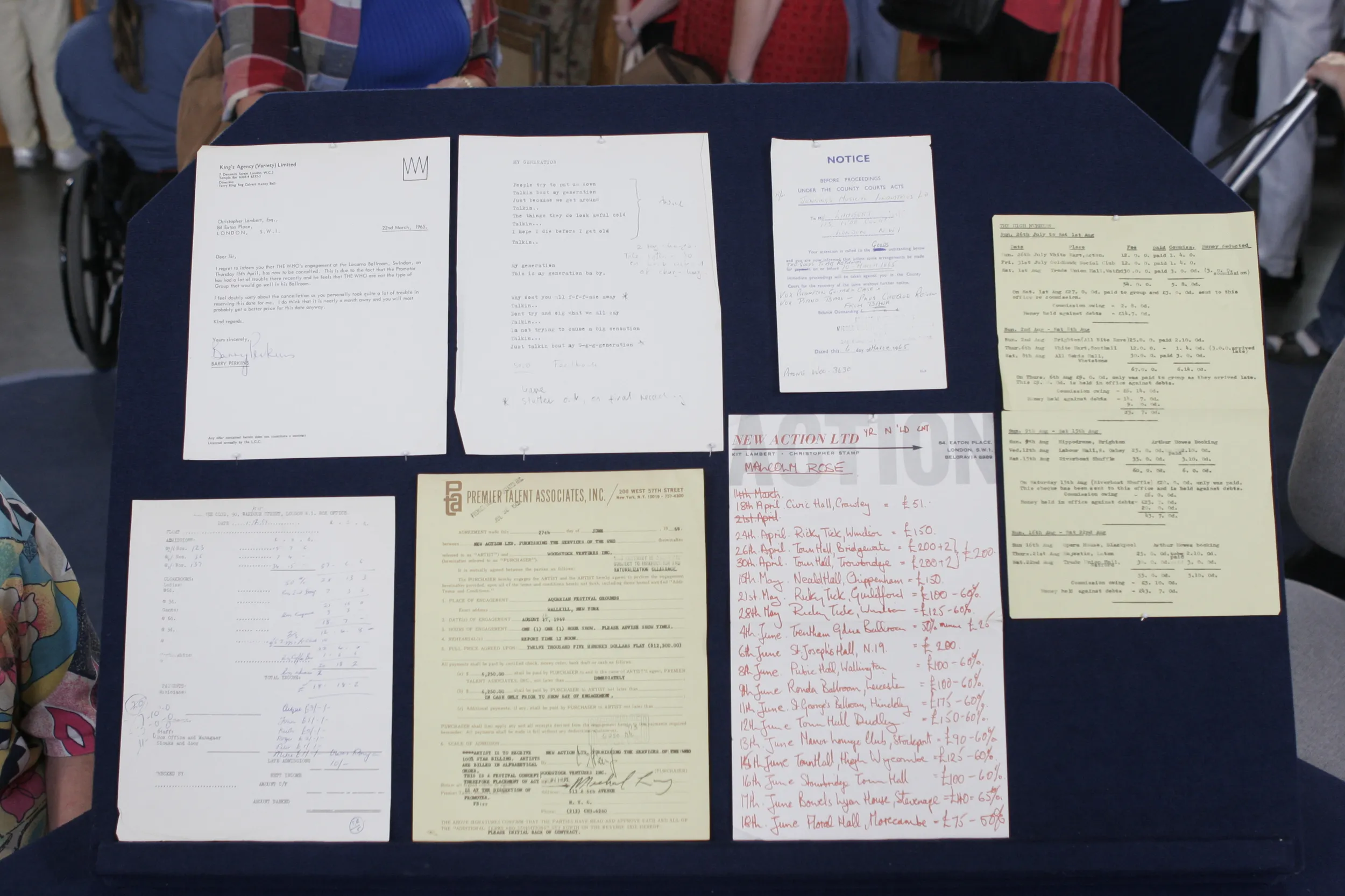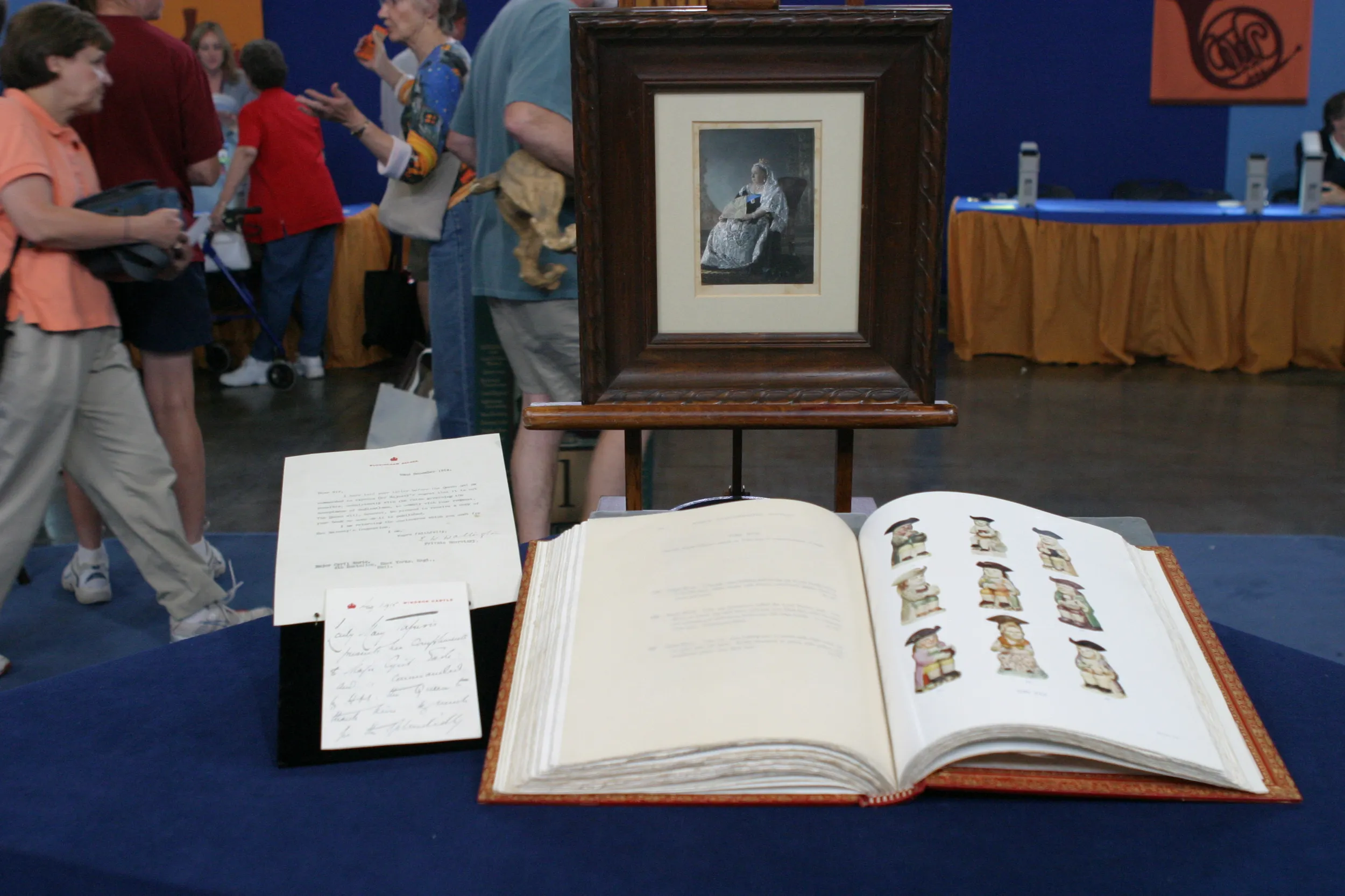GUEST: It came out of my grandmother's attic. She moved into a house in 1945 up in Westhampton, New York. When she got in the house it was already in the attic. It's been handed down through the years. It's an artist named Dean Cornwell. I found that he is mainly known for doing pictures of the war. And I haven't done that much research, only because literally this thing usually sits in a closet. I brought it in a trash bag here today. I think my wife wanted me to throw it out. We just really needed to see if it was worth anything because I'm the collector and she's not. I don't even know if it was actually his up to this point.
APPRAISER: Well, let me put your mind at rest on that score first off. It is by Dean Cornwell.
GUEST: Oh, okay.
APPRAISER: It is signed down here "Dean Cornwell" and is dedicated to "Charles." But we don't know who Charles is. It's not a family member.
GUEST: We don't know.
APPRAISER: Originally he was from Kentucky, Louisville in Kentucky. He decided he wanted to become an illustrator. Went to Chicago, worked there for a while. But as many illustrators did at that time, they were all drawn to New York. To be considered a successful illustrator, you really had to go to Manhattan, and that's what he did. And he studied with the best. He went to the Art Students League. He was also a very keen muralist as well, and in his career I think he did at least over 20 murals. But he was a very successful illustrator. He worked with various authors. He worked with Hemingway, he worked with Somerset Maugham. He worked with Pearl S. Buck.
GUEST: I had no idea.
APPRAISER: A lot of the major magazines at the time, he was represented in there. So Cosmopolitan, Good Housekeeping. He was known... certainly did things during the war and he was famous for doing the war posters. And in the '30s and '40s, he was known as the dean of illustrators. I was interested to see you bring this one. It's a navigator of a bomber, it looks to be. I would imagine, given the subject matter and given that he was doing World War II posters, this one would have been contemporaneous with that time. So probably done in the '40s. I looked online when I was doing a little bit of research on current market values. There weren't that many from the Second World War. And having handled his work in the past, I tend to associate him more with genre scenes from previous centuries. So this is a little more modern for him. It is an oil painting. It's oil on paper, which has then been laid onto masonite. That's not unusual. He was an old school illustrator. He believed for an illustration to work, he needed to render it in oils first to do a proper oil painting. And this probably would have been a study for another oil painting done subsequently.
GUEST: Okay.
APPRAISER: Now, unfortunately, as sometimes happens when paper is laid onto board, you get wrinkles, and this one has a few wrinkling problems, as do we all, I may add. So, obviously, that is going to impact on the value of it.
GUEST: Right.
APPRAISER: I would think, and this is an auction figure, I would feel pretty comfortable with an estimate in the $2,500 to $4,000 range.
GUEST: Really?
APPRAISER: This is a very striking painting, and I think there is a lot of interest now, as there should be, in World War II.
GUEST: Keep it out of the trash bag then.
APPRAISER: I'm glad it was rescued from the attic, too.
GUEST: Absolutely.











